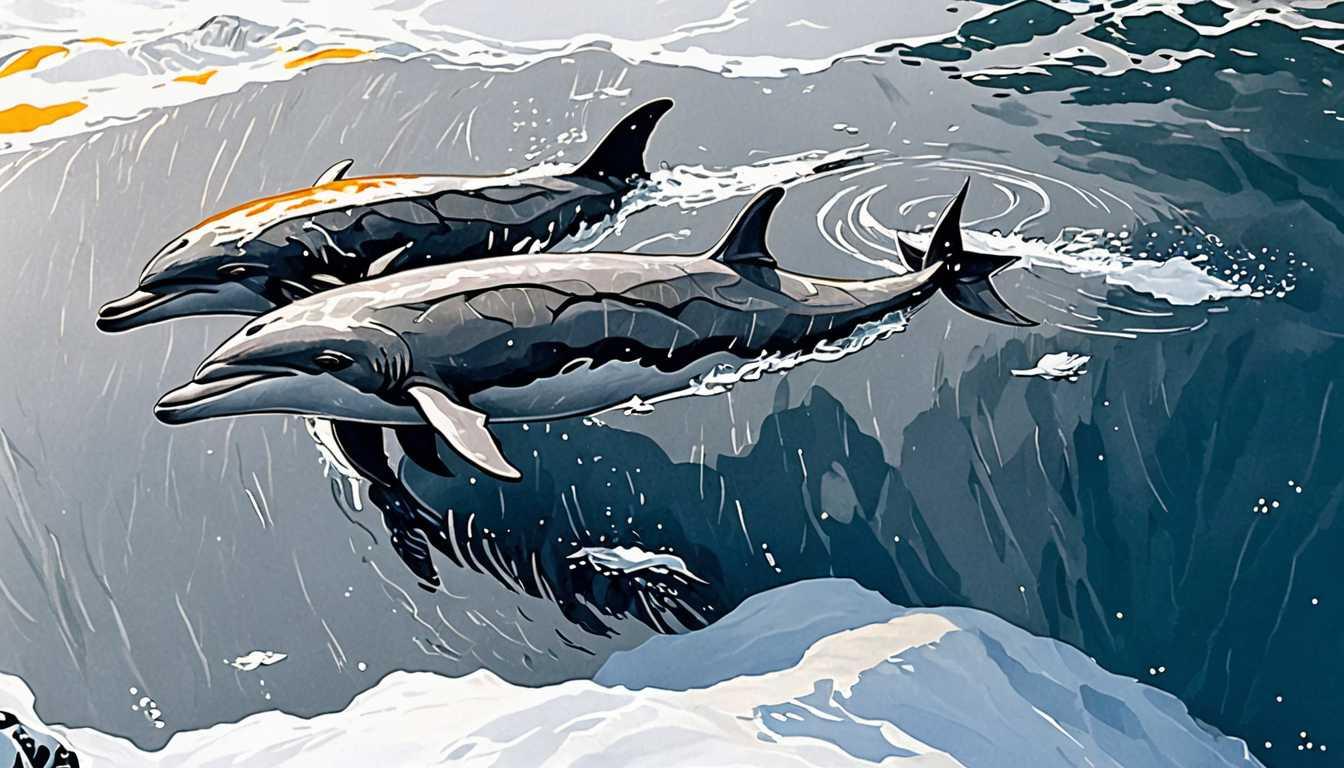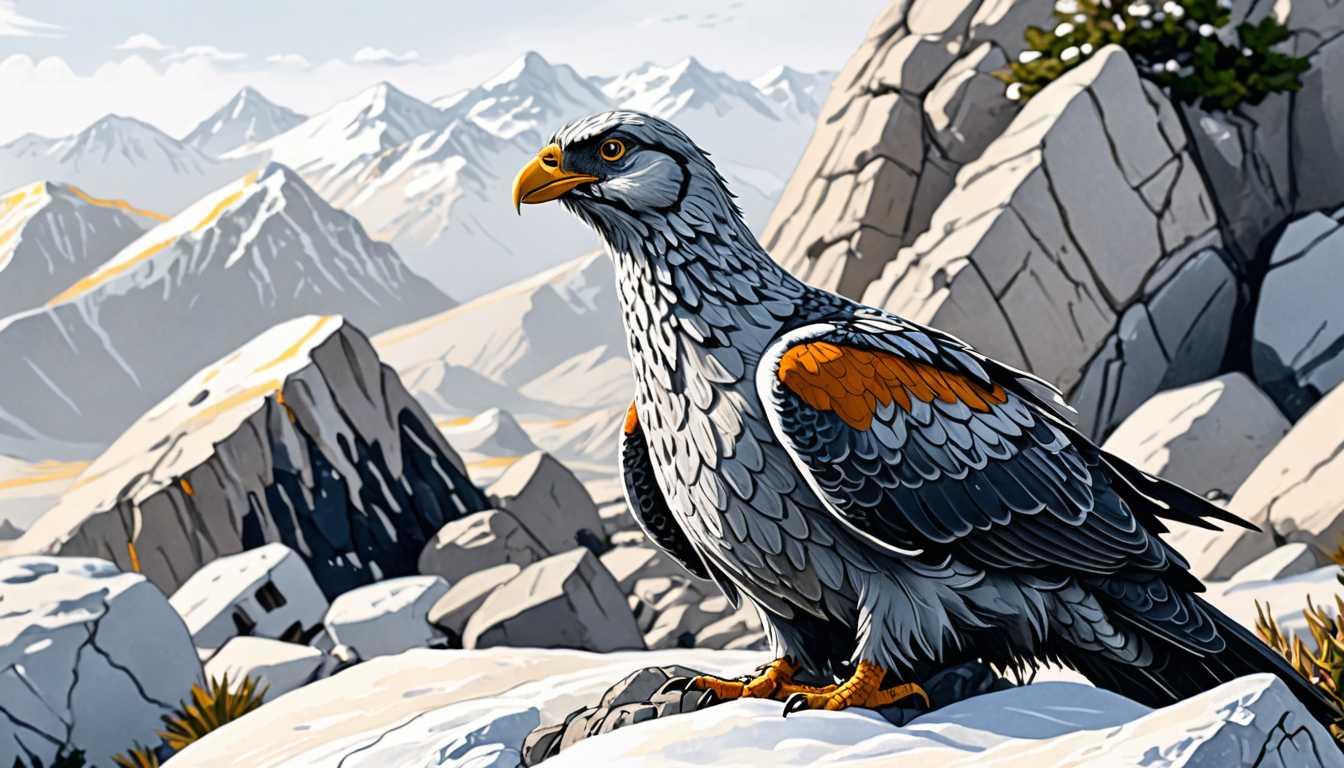SealNet: Beyond Human Recognition
July 2022
Smithsonian Magazine
Introduction
Ever wondered if that seal on the beach is the same one you saw yesterday? Smithsonian Magazine introduces us to SealNet, a facial recognition app for seals, crafted by clever students at Colgate University. Imagine trying to recognize a friend in a crowd of seals - that's what SealNet does, but with an 85% success rate! Dive into the quirky world of seal identification, where even rocks can sometimes pass for a seal's mug. Ready to meet the seal version of Instagram?
READ FULL ARTICLEWhy It Matters
Discover how this topic shapes your world and future
Seals on Screen - Unlocking the Mysteries of Marine Life
Have you ever considered how technology can transform our understanding of wildlife? Imagine a world where every seal has its own "face ID," helping scientists track their movements and behaviors without disturbing their natural habitats. This is not a scene from a sci-fi movie but a reality being shaped by facial recognition software for seals, known as SealNet. Developed by a passionate team of undergraduate students, this tool is revolutionizing how we study and protect marine life. By identifying individual seals, researchers can gain invaluable insights into their behaviors, social structures, and migration patterns, contributing to more effective conservation efforts. For you, this could mean a future where technology and nature work hand in hand, opening up new career paths and opportunities to make a real difference in the world's ecological balance. Isn't it exciting to think about how your interest in technology or biology could contribute to such groundbreaking work?
Speak like a Scholar
Deep learning
A subset of machine learning where artificial neural networks learn from large amounts of data. It's like teaching a computer to think and recognize patterns the way a human brain does.
Convolutional neural network (CNN)
A type of deep learning algorithm specifically designed to process pixel data and used in image recognition and processing, perfect for identifying unique facial features, even in seals!
Pinnipeds
A scientific classification for marine mammals that includes seals, sea lions, and walruses. These creatures are known for their fin-like limbs.
Site fidelity
The tendency of an animal to return to the same location repeatedly over time. It's like having a favorite hangout spot that you keep going back to.
Noninvasive research
A research method that does not harm or alter the behavior of the animals being studied. Think of it as observing someone from a distance without them knowing, so they act naturally.
Citizen scientists
Regular people who contribute to scientific research through observation, data collection, and reporting. You don't need a Ph.D. to help make big discoveries!
Independent Research Ideas
The impact of climate change on seal behavior
Investigate how rising temperatures and melting ice affect the migration patterns, diet, and site fidelity of seals. This topic merges marine biology with environmental science, offering insights into the broader implications of global warming on marine ecosystems.
Comparison of facial recognition software across different species
Analyze the effectiveness of facial recognition technology in identifying not just seals, but also other animals like bears, primates, and even cetaceans. This interdisciplinary study combines technology, computer science, and biology.
The role of citizen scientists in marine conservation
Explore how apps and technology like SealNet can empower ordinary people to contribute to scientific research and conservation efforts, potentially transforming the field of citizen science.
Ethical considerations in the use of wildlife monitoring technologies
Delve into the moral implications of using technology to monitor wildlife. This topic encourages critical thinking about privacy, consent, and the potential stress on animals caused by human intervention.
The evolution of noninvasive research methods in marine biology
Trace the history and development of noninvasive techniques, from tagging and tracking to advanced imaging and AI, examining how these methods have revolutionized our understanding of marine life without disrupting their natural behaviors.
Related Articles

Why Whales Became Ocean Giants
March 2023
Stanford University

Eclipse Mystery: Birds Bewildered?
March 2024
Cornell University

Evolution's Tiny Titans Unveiled
April 2023
University of Bristol

Sharks: Unlikely Heroes of Ecology
February 2024
MIT Technology Review

Everest: A Peak of Biodiversity
September 2022
National Geographic